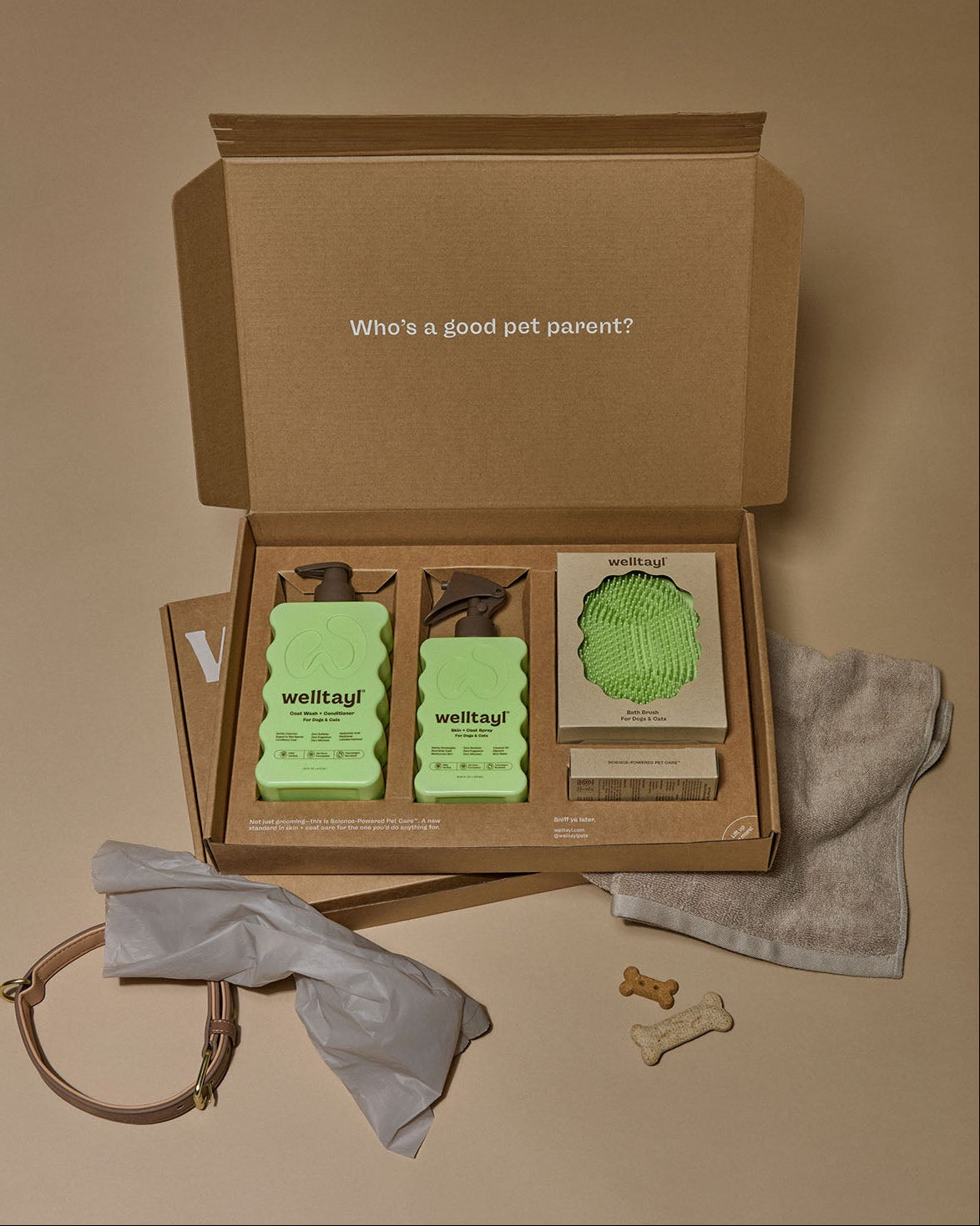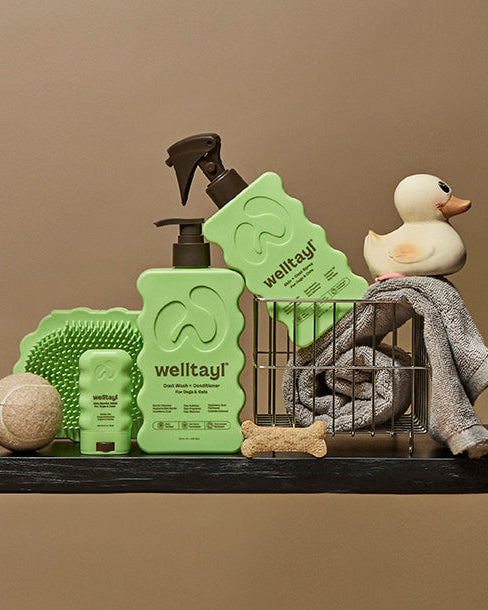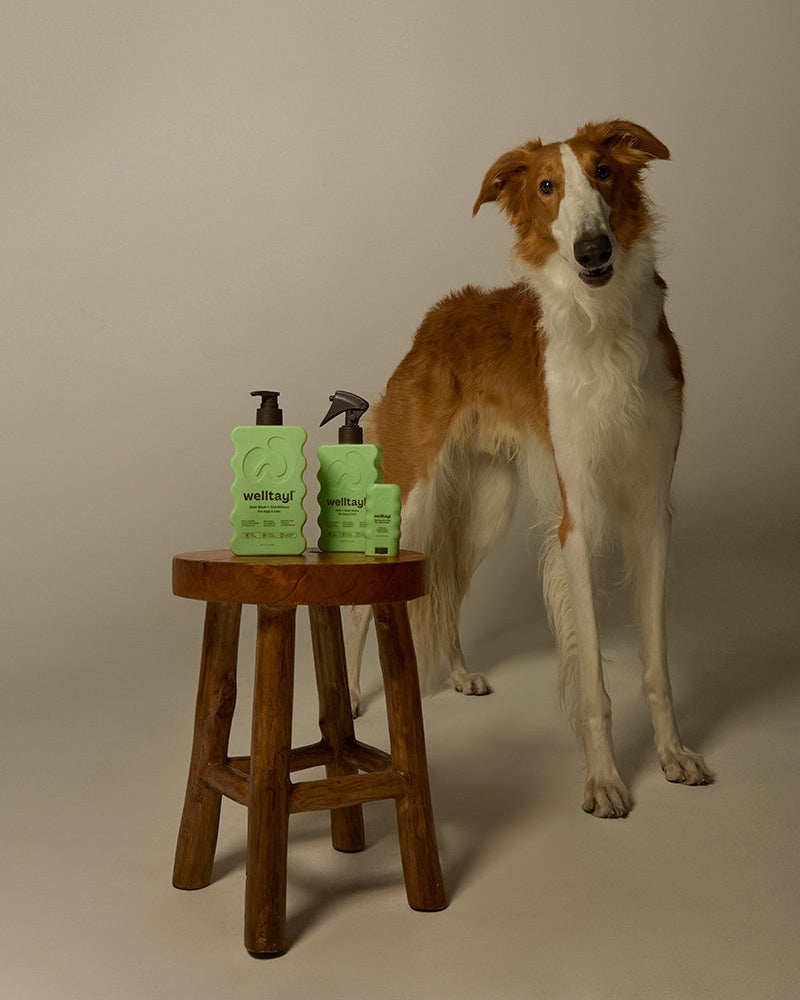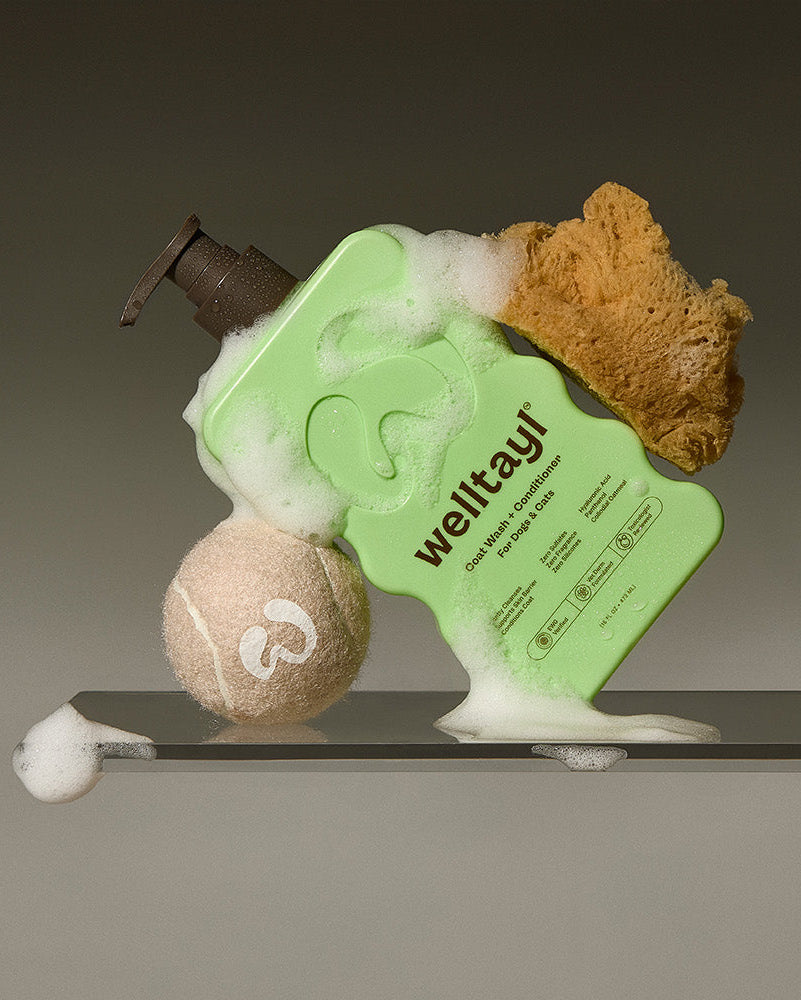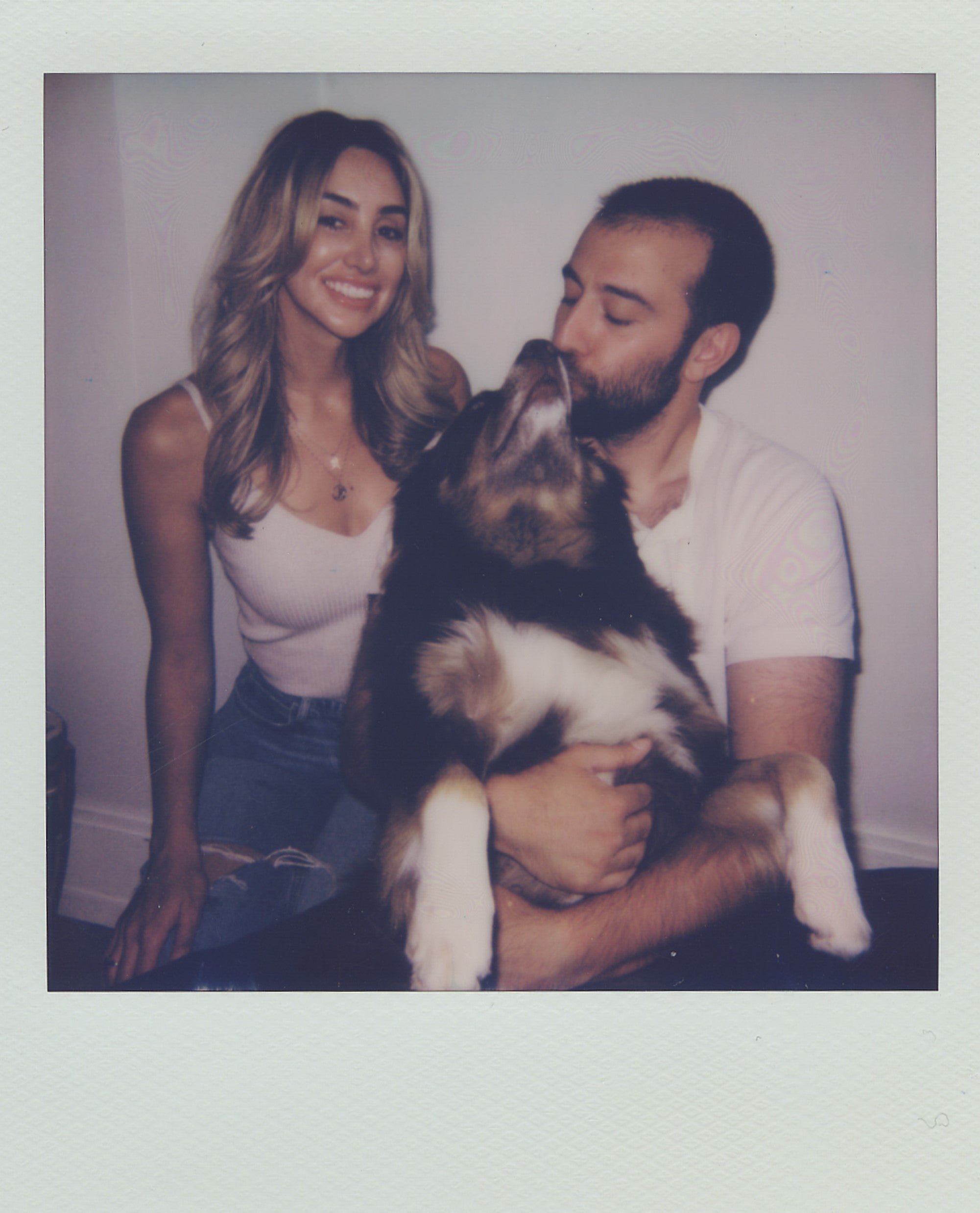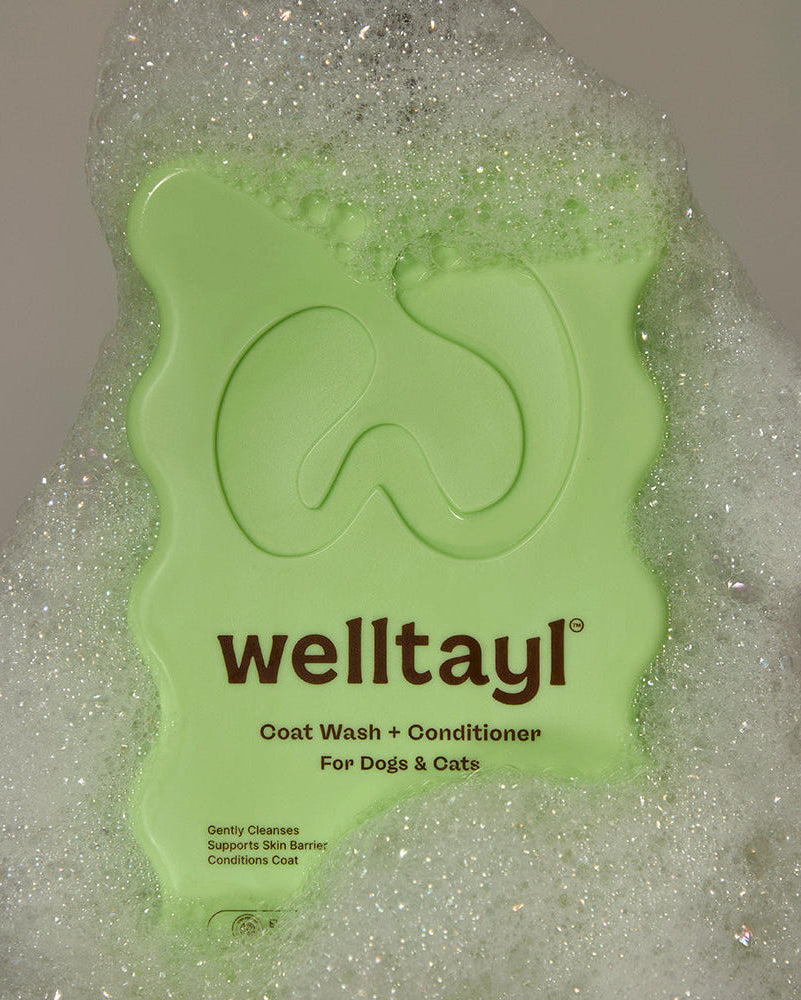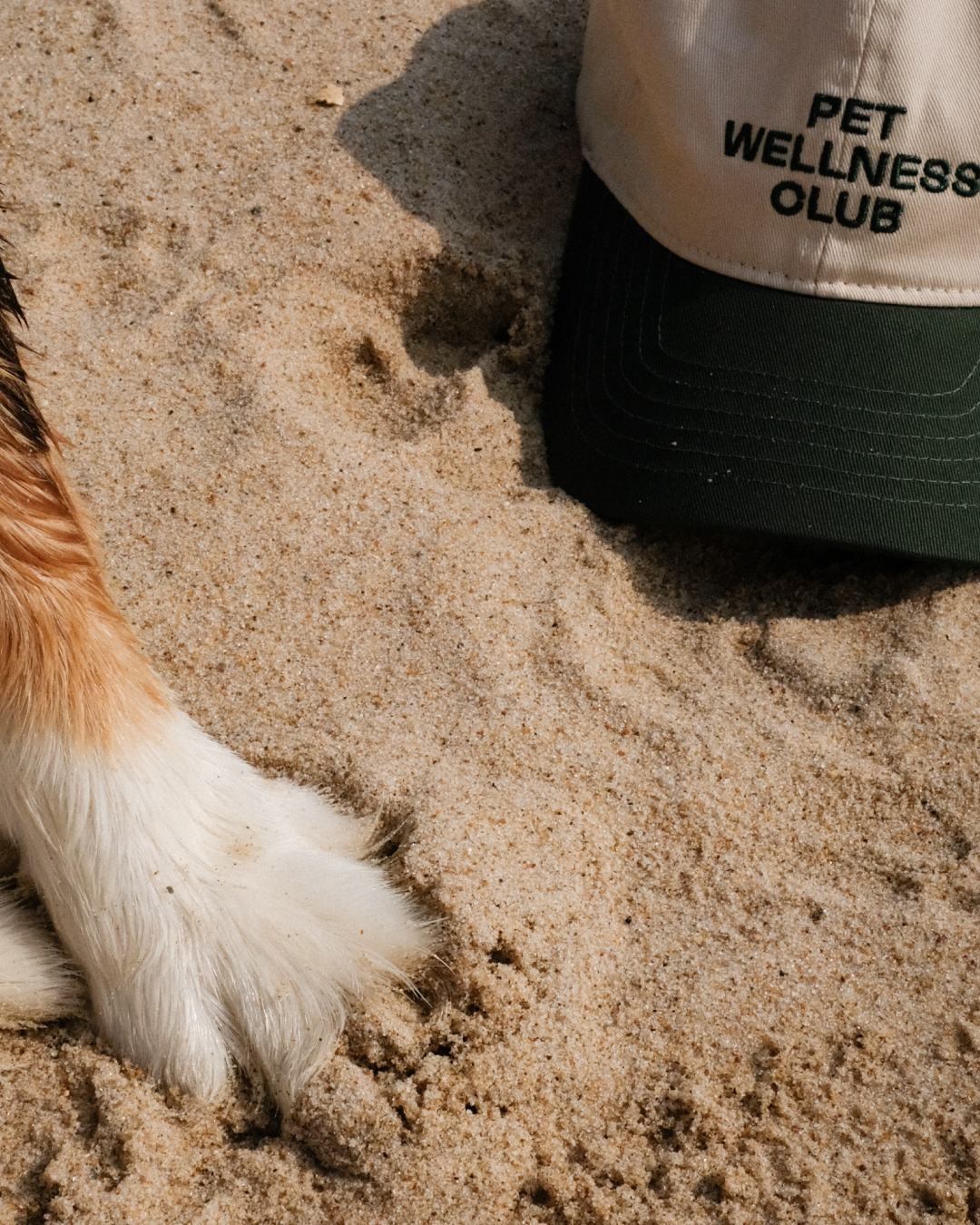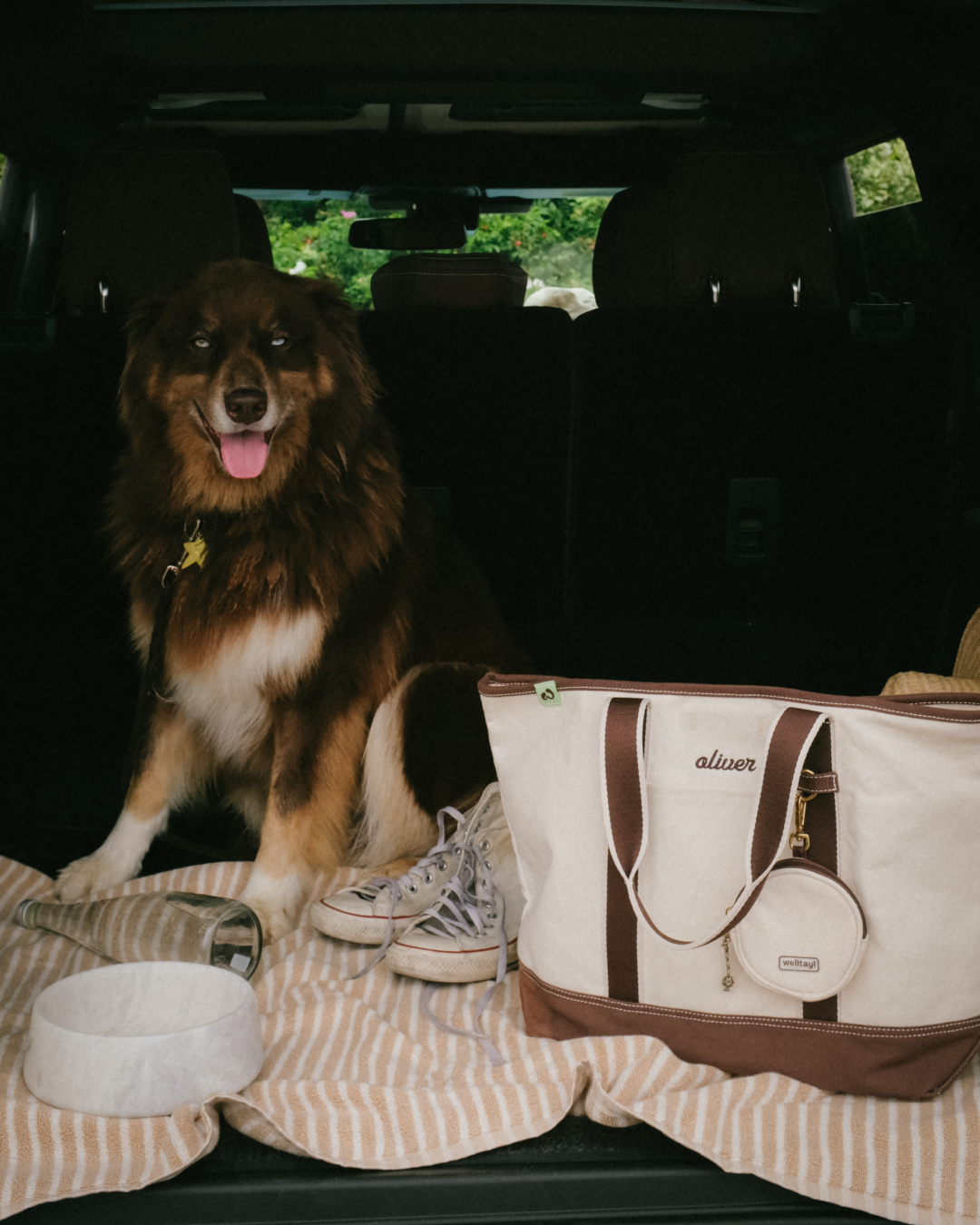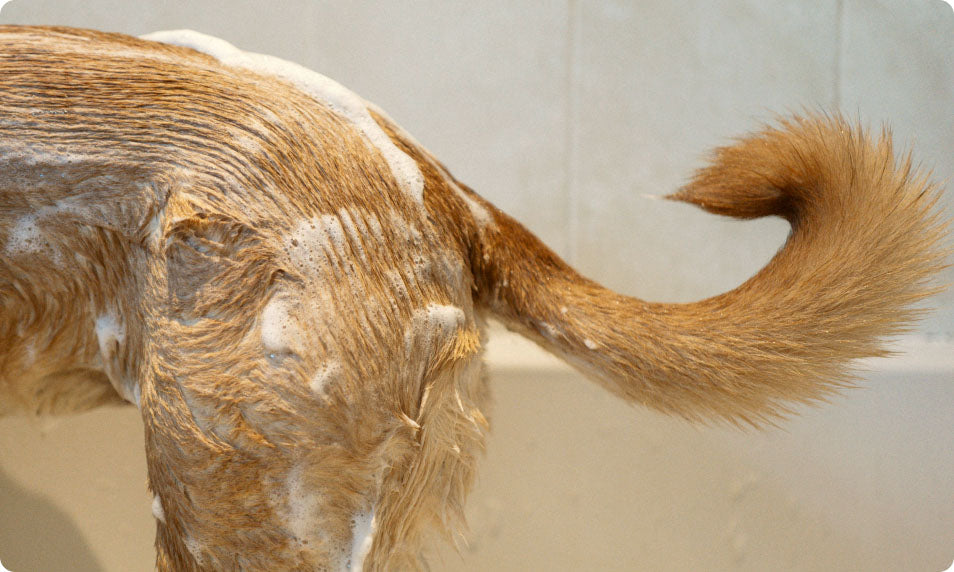When your pet starts scratching incessantly or their coat loses its shine, it might be time to look at what you're using during bath time. Not all shampoos are created equal, especially when it comes to keeping your dog's skin and coat healthy. Human shampoos and even dish soap might seem like quick fixes but can actually do more harm than good.
Choosing the right shampoo for your dog involves understanding their specific needs—whether it’s soothing itchy skin, treating fleas, or just maintaining a healthy, glossy coat. Let's dive into what makes a shampoo suitable for your dog and how to pick the perfect one to keep them happy and healthy.
Table of Contents:
- What Shampoo is Good for dogs?
- How to Choose the Right Shampoo for Your Dog
- Types of Dog Shampoos
- How to Properly Shampoo Your Dog
- 5 Common Mistakes When Bathing Your Dog
- When to Seek Veterinary Help for Skin Problems
- Conclusion
- Frequently Asked Questions
Key Takeaways
- 🧴 Assess Skin and Hair Type: Identify your dog's skin type (oily, dry, sensitive) and hair type to select a shampoo that meets their specific needs. For example, oily skin requires a different shampoo than dry or sensitive skin.
- 🦠 Consider Underlying Skin issues: If your dog has dry skin or a skin infection, there are different types of shampoos available for management. For example aloe and oatmeal shampoos can be great to soothe dry skin. Antibacterial or anti-fungal shampoos may be used to treat skin infections.
- 🌿 Natural Ingredients: Opt for shampoos with natural soothing ingredients like oatmeal, aloe vera, or shea butter, especially if your dog has itchy or sensitive skin.
- 🐜 Vet-recommended Flea and Tick Control: For dogs with flea or tick issues, choose a shampoo specifically designed to treat these pests, which can also include soothing agents like oatmeal.
- 🚫 Avoid Human Shampoo: Human shampoos are not suitable for dogs as they can disrupt the natural pH balance of their skin, potentially causing irritation or dryness.
- 🧼 Proper Application: Properly wet their fur, lather shampoo, and then thoroughly rinse to avoid leaving any residue that could cause skin irritation.
- 🗓️ Regular Bathing Schedule: Bathe your dog as needed based on their activity level and skin condition, generally ranging from once a month to more frequently for dogs with specific skin conditions.

How to Choose the Right Shampoo for Your Dog - 3-Step Guide
Choosing the right shampoo for your dog is crucial for their skin health and fur quality. This section will guide you through selecting the best shampoo based on your dog's unique attributes.
1. Your Dog’s Skin Type
Assessing your dog's skin type is the first step in choosing the right shampoo. Just like humans, dogs can have various skin types—oily, dry, or sensitive. If your dog’s skin is oily, you might need a shampoo formulated to strip excess oil without causing irritation.
For dogs with dry skin, look for moisturizing shampoos that contain ingredients like oatmeal. These ingredients help hydrate the skin and prevent flaking.
Sensitive skin requires the most care, as it's prone to irritation from chemicals and fragrances found in some shampoos. Opt for hypoallergenic shampoos that are free from artificial colors and fragrances to minimize the risk of adverse reactions.
Puppies tend to have more sensitive skin than adults and therefore should be bathed with sensitive skin or gentle shampoos. Before use, check the label of your shampoo to ensure that it is formulated specifically for young dogs.
2. Your Dog’s Hair Type and Coat Length
The type and length of your dog’s coat also play a significant role in selecting the right shampoo. For short-haired breeds like Beagles or Boxers, a basic cleansing shampoo is sufficient to keep their coats shiny and clean. However, breeds with long, thick hair, such as Bernese Mountain Dogs or Collies, benefit from shampoos that aid in detangling and conditioning to prevent mats and keep their long fur smooth.
For double-coated breeds like Huskies, using a deep-cleansing shampoo followed by a conditioner helps in removing undercoat during shedding season and soothes their skin.
3. Underlying skin issues
If your dog has underlying skin issues like fleas, ticks or a skin infection, certain types of shampoos can be beneficial for adjunctive management. Flea and tick shampoos can help remove pests from your dog. In cases of skin infection, antibacterial or antifungal shampoos can treat from the outside, offering quicker relief for your pet. Always consult your vet for the best options.
Types of Dog Shampoos
Selecting the right shampoo for your dog involves more than just grabbing any bottle off the shelf. Dogs' skin and hair have different needs compared to humans. While you’ll want a shampoo that is a mild cleanser, odor removing, and moisturizing, it is important to pick a product that is specially formulated to maintain healthy skin and a shiny coat. Here are some categories of dog shampoos that you might consider, depending on your dog's specific needs:
Soothing Shampoos for Itchy Skin
If your dog often scratches or seems uncomfortable, look for shampoos containing natural soothing ingredients like oatmeal, aloe vera, and vitamin E.
Flea and Tick Shampoos
For dogs suffering from fleas and ticks, opt for a shampoo designed to address these pests. Remember, these shampoos are not intended to be the sole prevention or treatment strategy when it comes to fleas and ticks, rather they should be an adjunct to a routine prevention plan. Always make sure to consult your vet for the best options.
Shampoos for Puppies
Puppies have delicate skin just as human babies do. Reach for a gentle formula that won’t harm their developing coats and skin. You can consider a puppy-specific formulation
Shampoos for General Maintenance
For general coat health and cleanliness, choose a shampoo that complements your dog’s fur type. Whether your dog has a thick, heavy coat or a fine, light one, there's a product that matches well. Regular use of the right type of shampoo will keep your dog's coat looking vibrant and healthy.
Important Considerations
Avoid using human shampoo on your dog. Human-grade shampoos can strip away necessary oils from your dog's skin, leading to dryness and irritation. In urgent cases, unscented baby shampoo can be a temporary substitute, but pet-specific shampoos are always the preferred choice.
Don't forget, staying informed is crucial for your pet's wellbeing. Join the Welltayl newsletter to get more useful tips and updates right in your inbox. Click here to subscribe and ensure you’re always prepared to care for your pet effectively.

How to Properly Shampoo Your Dog
Properly shampooing your dog confirms they're not only clean but also healthy and comfortable. Practicing the right techniques can make a significant difference in the effectiveness of the bath and the health of your dog's skin and coat.
- Preparation: Before starting, confirm you have chosen the right shampoo for your dog’s specific needs, such as those for sensitive skin or coat conditions. As advised earlier, avoid human shampoos, as they can harm your dog's skin.
- Wet Your Dog Thoroughly: Use lukewarm water to soak your dog entirely before applying shampoo. Dogs, much like humans, need an even application of shampoo for it to work effectively. Avoid getting water in the ear canals.
- Apply Shampoo: Pour the shampoo into your hands first, then gently apply it to your dog's coat. This method prevents shampoo from getting concentrated in one area and causing irritation.
- Massage Gently: Rub the shampoo into your dog’s coat with gentle, circular motions, allowing it to reach the skin. This will help in cleaning effectively and will increase blood circulation to the skin.
- Rinse Thoroughly: It's crucial to rinse all shampoo residue off your dog’s coat and skin. Remaining shampoo can cause irritation or dryness.
- Dry Properly: After rinsing, use a towel or a blow dryer set on cool to dry your dog. Pay special attention to drying the ears and any skin folds to prevent infections.
Remember, regular baths can help keep your dog's coat clean and reduce the likelihood of skin problems, provided you're using the right shampoo and techniques.
5 Common Mistakes When Bathing Your Dog
As you take on the task of bathing your dog, ensure you avoid common pitfalls that could turn this necessary grooming activity into a less-than-ideal experience for both you and your pet. Well-intended pet owners can make errors, but this can easily be avoided with the right knowledge.
1. Using Incorrect Shampoo
Choosing the right shampoo is crucial for your dog's skin health. A frequent mistake is using human shampoo on dogs. Human shampoos tend to disturb the pH balance of your dog's skin, possibly leading to irritation. Always opt for dog-specific shampoos, especially those tailored to your pet’s particular skin condition or coat type.
2. Over-Bathing
Bathing your dog too often can strip away natural oils from their coat and skin, leading to dryness and irritation. Typically, dogs only need to be bathed once a month, although this can vary depending on their breed and activities. Monitor their skin and coat condition to adjust bathing frequency effectively.
3. Insufficient Rinsing
Another common mistake is not thoroughly rinsing off shampoo. Soap residue can cause skin irritation and make your dog feel itchy. Ensure that you rinse all the soap out, perhaps even rinsing twice to be sure no shampoo remains.
4. Poor Water Temperature
Using water that’s too hot or too cold can be uncomfortable, or even harmful, for your pet. Lukewarm water is ideal for bathing most dogs, providing a comfortable environment that can help make bath time stress-free.
5. Skipping Drying
Failing to dry your dog properly post-bath can result in skin infections. Thoroughly towel-dry your dog and, if their coat is long, consider using a hairdryer on a cool setting. Be sure to keep the dryer moving to avoid heat concentration in one area.
Implementing proper bathing practices ensures not only cleanliness but also the overall wellbeing of your dog when it comes to bath time. If you'd like to keep up on more pet care tips, consider signing up for our Welltayl newsletter. It's a great way to stay informed and ensure the best care for your pet . Just click here to join a community passionate about the well-being of pets.
When to Seek Veterinary Help for Dog Skin Problems
Recognizing when your dog's skin issues require veterinary attention is crucial, especially if you've been diligent about using the right grooming products and following proper bathing techniques. Knowing the signs of potential skin problems can save your pet from discomfort and prevent minor issues from becoming severe.
Persistent Itching and Redness
If your dog continually scratches, licks, or bites their skin even after bathing with the correct shampoo, it's time to seek a veterinarian's help. Persistent itching and redness are signs that something more serious may be affecting your dog .
Unusual Hair Loss
While some shedding is normal for dogs, unusual patterns of hair loss or bald patches can indicate skin problems. These symptoms often require a professional diagnosis to determine the underlying cause, which could range from allergies to more complex skin conditions.
Bad Skin Odor
A foul or unusual smell from your dog's coat that persists even after a bath might be a sign of a yeast or bacterial infection. These conditions are uncomfortable for your dog and typically require veterinary-prescribed treatments.
Development of Sores or Hot Spots
Sores or hot spots can appear quickly and are often a sign of significant irritation. If you notice any oozing, crusty, or very red areas on your dog's skin, contact your veterinarian. These symptoms can lead to more severe complications if not treated promptly.
Behavior Changes
If your dog seems unusually lethargic or irritable, and you've noticed changes in their skin or coat, it's wise to consult with a vet. Sometimes, discomfort from skin issues can affect a dog's overall mood and activity levels.
Conclusion
Choosing the right shampoo for your dog is more than just a routine—it's a crucial part of their health and happiness. Remember that shampoos for humans don't suit our canine companions due to different skin pH levels. Whether it's a gentle formula like Welltayl’s Coat Wash + Conditioner or a medicated option for flea and tick prevention, selecting the appropriate product can make all the difference. Always monitor your dog's skin condition after baths and consult with a vet if you notice any persistent issues. By following these guidelines you'll ensure your dog not only looks great but feels great too!
Frequently Asked Questions
How Often Should I Shampoo My Dog?
The frequency of shampooing your dog depends on several factors, including breed, skin type, and daily activities. Generally, you should bathe your dog about once a month. However, dogs that spend more time outdoors or have oily skin might require more frequent baths. On the other hand, dogs with dry skin may need less frequent washing to avoid further drying out their skin. Monitoring your dog’s coat and skin condition is key to determining the best bathing schedule.
What if My Dog Has Sensitive Skin?
For dogs with sensitive skin, choosing the right shampoo is crucial. Look for hypoallergenic or oatmeal-based shampoos, as these typically contain natural ingredients that are gentle on the skin. Additionally, shampoos with aloe vera or coconut oil can help soothe and moisturize irritated skin. Avoid products with harsh chemicals and fragrances, as these can exacerbate skin issues. If your dog’s skin condition does not improve, consider consulting your veterinarian for tailored advice.
What if My Dog Has Fleas or Ticks?
If your dog has fleas or ticks, using a medicated shampoo designed to treat these parasites is essential. These shampoos contain active ingredients that kill fleas and ticks on contact. After shampooing, it's crucial to comb your dog’s fur with a fine-toothed comb to remove any remaining pests and eggs. Regular use of preventative flea and tick treatments, as advised by your veterinarian, can help keep these unwelcome guests at bay, ensuring your dog remains happy and healthy.
Resources:
- "Dog skin pH effects," NCBI
- "Role of sebum in the skin barrier," NCBI
- "Shampoos for dogs with skin conditions," MDPI, SynergyLabs
- "Skin barrier of canines vs humans," PubMed
- "Flea shampoo and importance of routine prevention," NCBI
Read more
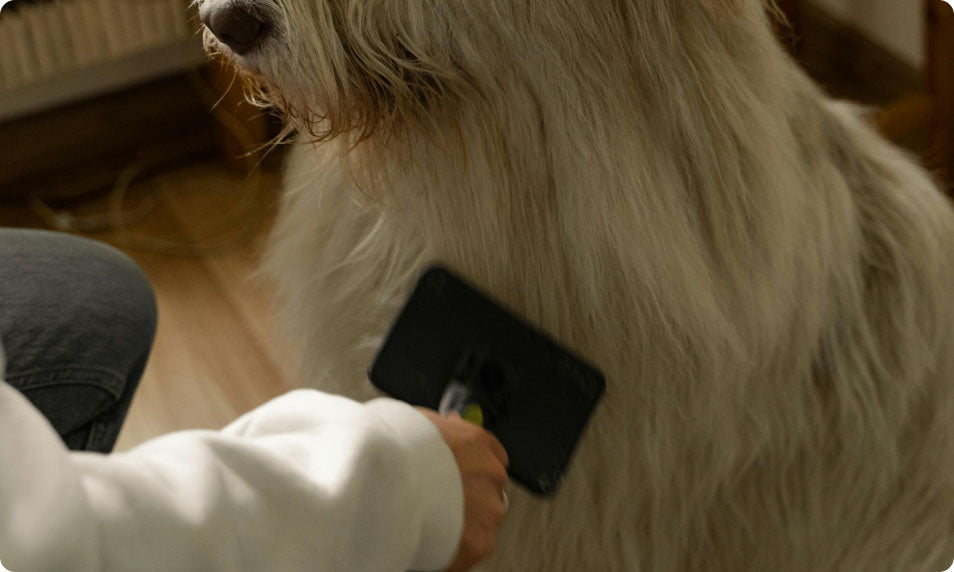
Discover the best dog brushes for every coat type. Learn which brush suits your dog's needs and improve their grooming routine. Read now!
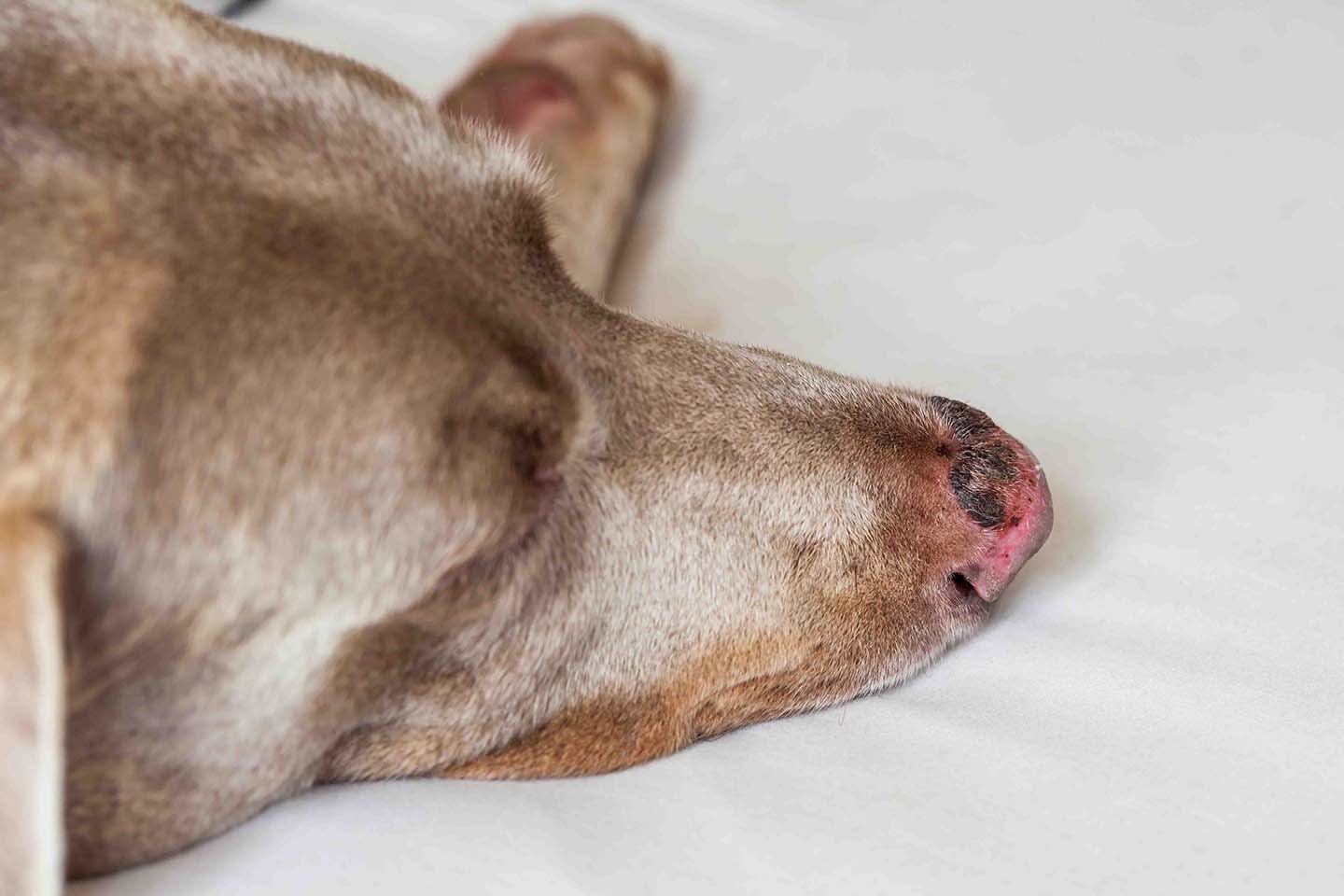
Discover how to protect your dog from harmful UV rays. Learn the signs, prevention strategies, and treatment tips for sunburn. Keep your pet safe!

